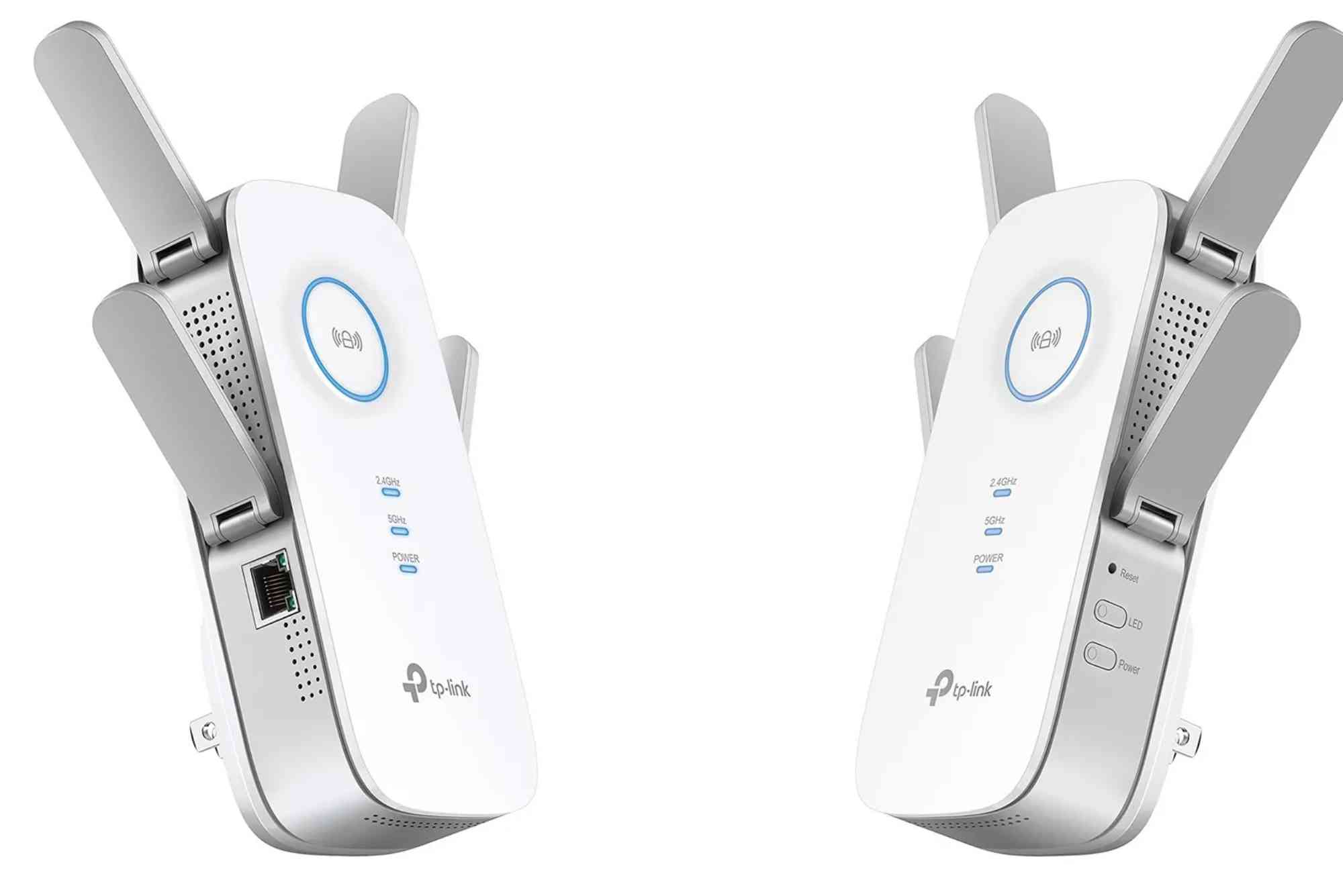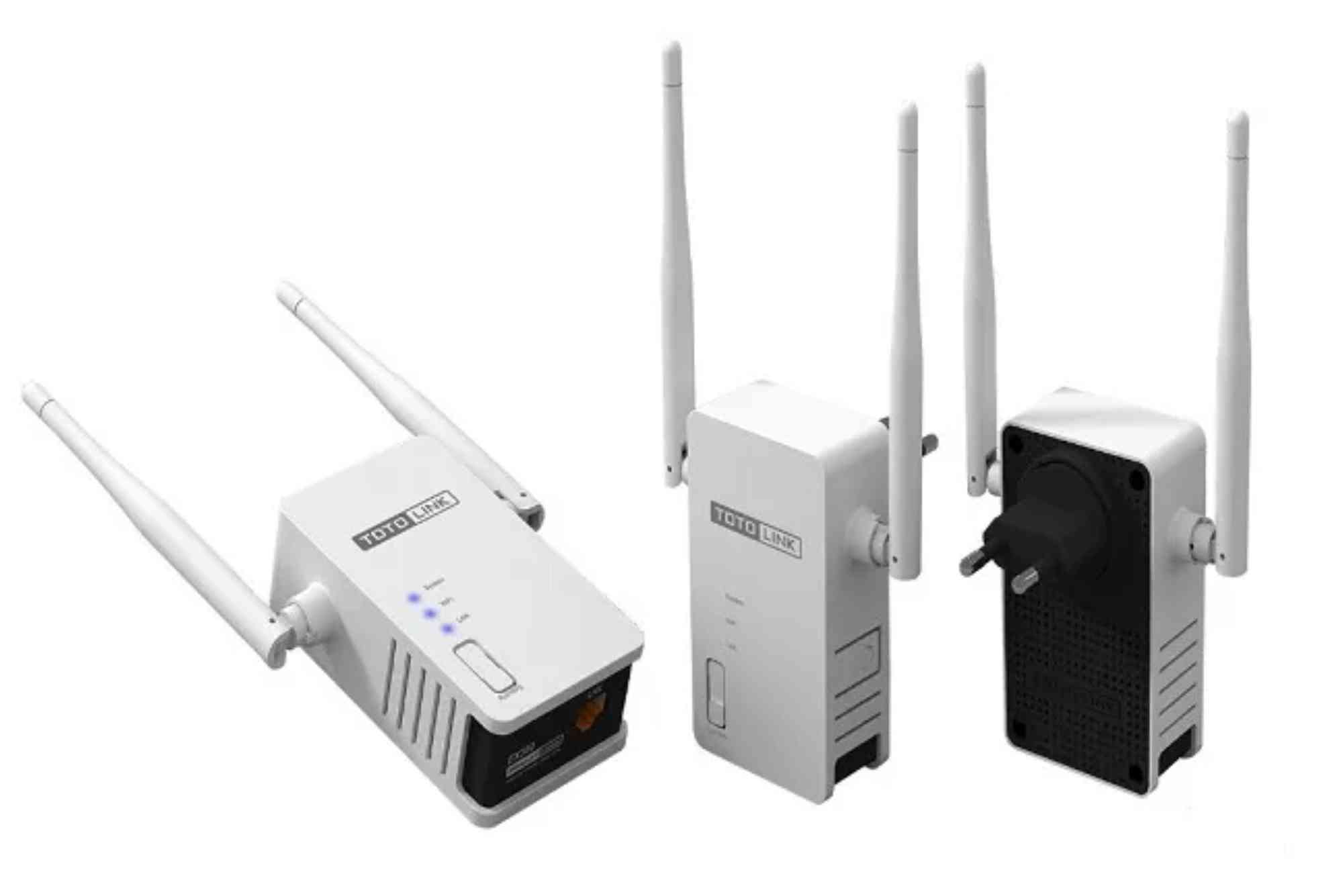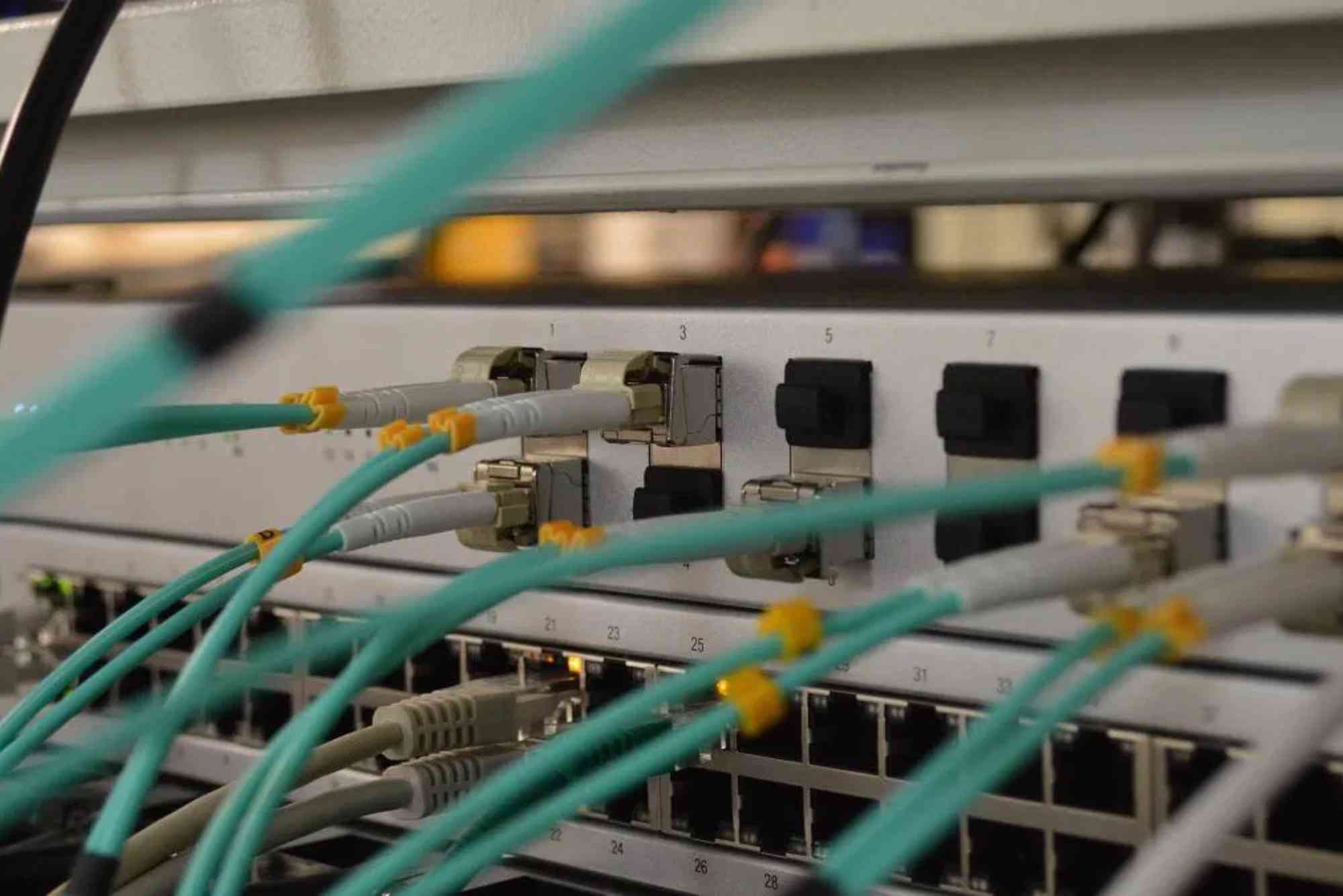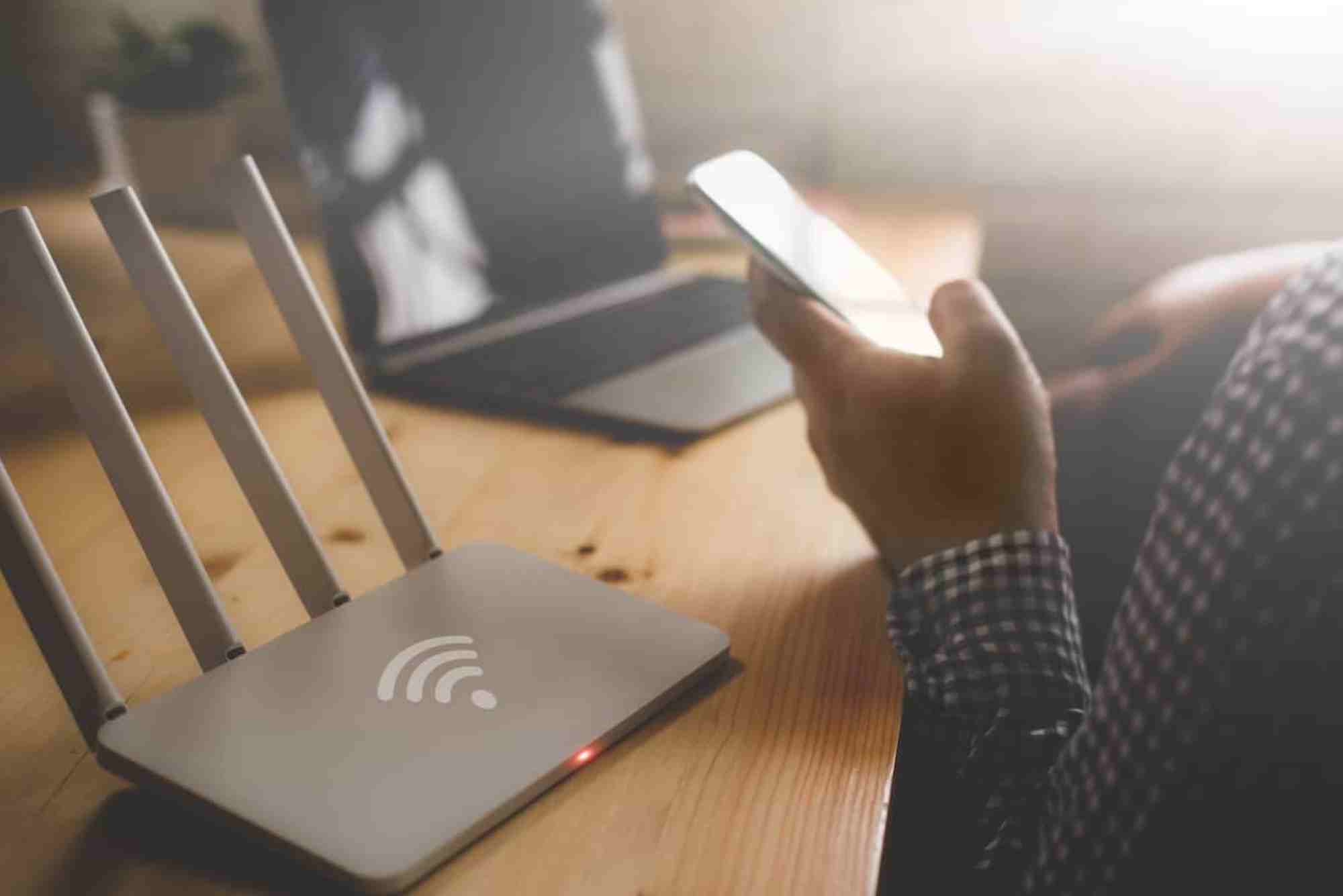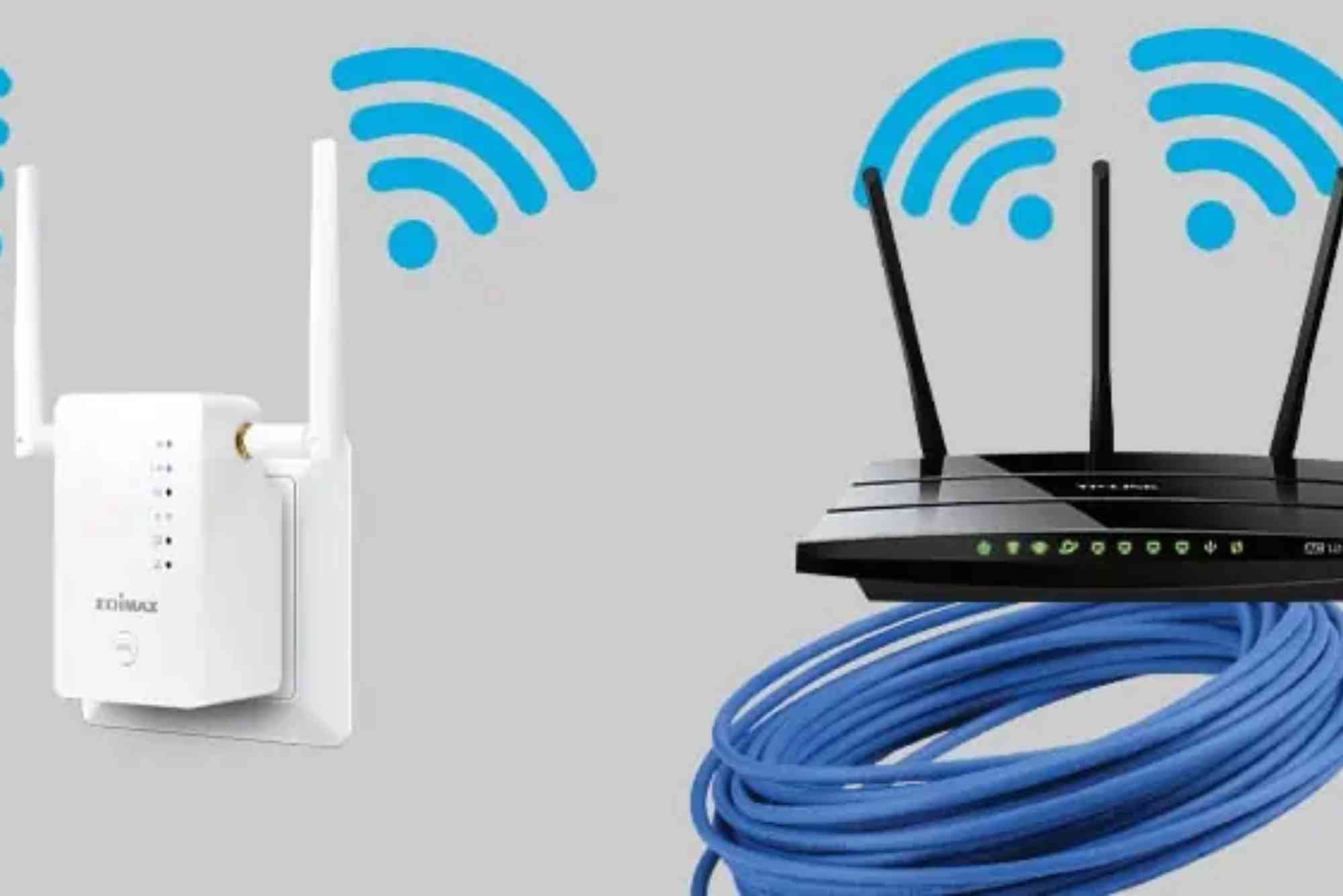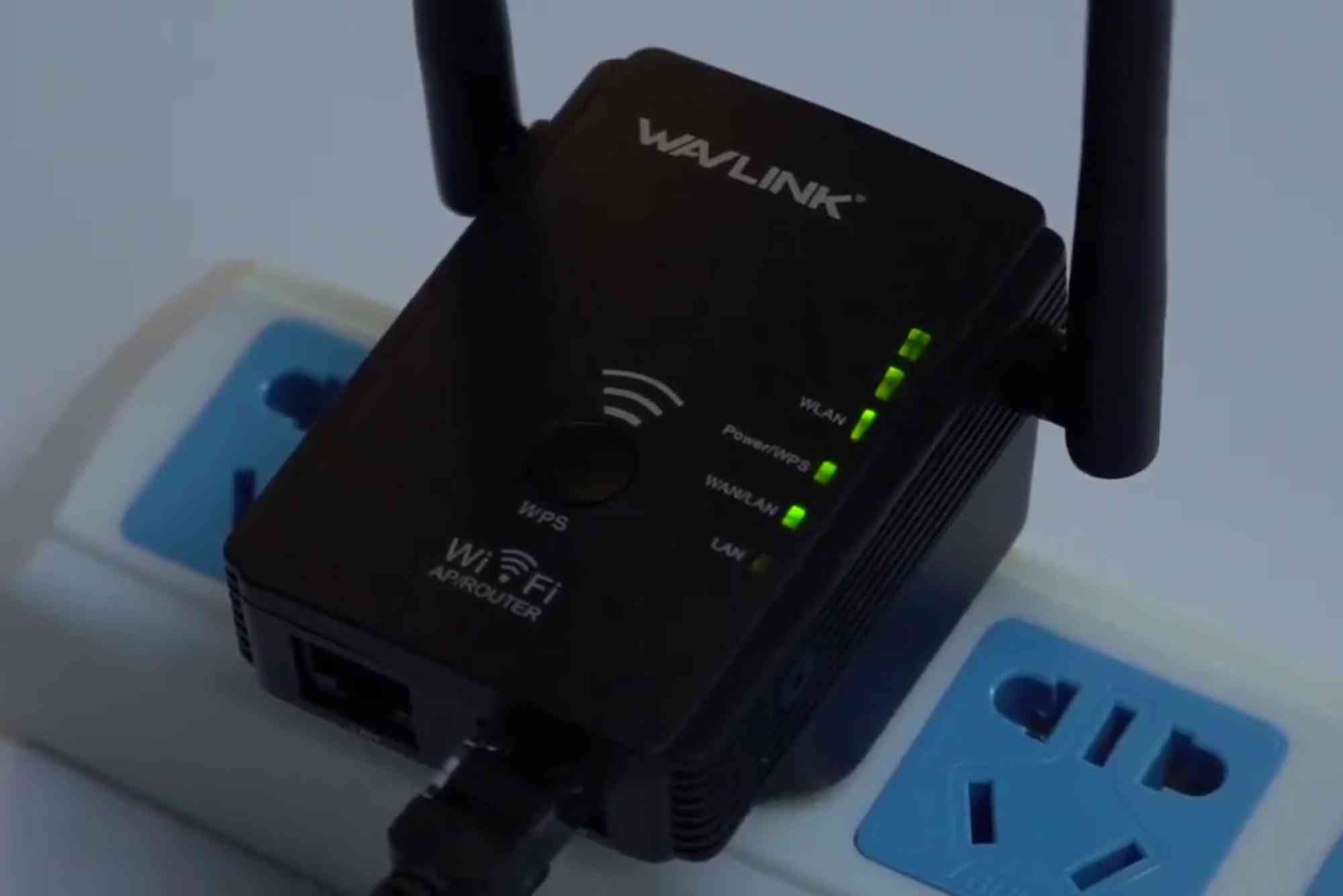Router Security Best Practices to Keep Hackers Out
Your router is the gateway to your entire online world. If left unsecured, hackers can easily exploit it, steal your data, or control your internet activity. That’s why following router security best practices is critical to keeping your home or business safe.
In this guide, we’ll break down the most effective strategies to secure your router, protect sensitive data, and improve overall network safety.
Why Router Security Matters
Routers are often overlooked when it comes to cybersecurity. Many people set up their internet once and never touch the settings again. Unfortunately, this makes them an easy target for attackers.
An insecure router can lead to:
- Identity theft
- Stolen financial data
- Unauthorized devices using your Wi-Fi
- Malware spreading across your network
By applying router security best practices, you can prevent these risks and enjoy safer internet browsing.
Router Security Best Practices You Should Follow
Change the Default Admin Credentials
Most routers come with default usernames and passwords that hackers can easily guess. Always:
- Create a strong password with letters, numbers, and symbols.
- Avoid personal details like your name or birthdate.
Update Router Firmware Regularly
Router manufacturers release updates to patch security flaws. Check your router’s settings or manufacturer’s website monthly to ensure:
- You have the latest firmware.
- Security vulnerabilities are minimized.
Enable WPA3 or WPA2 Encryption
Your Wi-Fi security depends on the type of encryption you use.
- WPA3 is the strongest standard available.
- If your router doesn’t support WPA3, use WPA2.
- Avoid outdated WEP at all costs.
Disable Remote Management
Remote management allows configuration from outside your network. While convenient, it opens doors for hackers.
- Turn off remote management unless absolutely necessary.
- Manage your router only from devices connected to your home network.
Use a Strong Wi-Fi Password
A weak Wi-Fi password makes it easy for intruders to break in.
- Use at least 12 characters.
- Mix uppercase, lowercase, numbers, and special characters.
- Avoid common words like “password123.”
Create a Guest Network
Guest networks isolate visitors from your main network.
- Protects sensitive devices like computers and smart home systems.
- Prevents guests from accidentally spreading malware.
Turn Off Unnecessary Features
Routers often come with features you don’t need. Disable:
- Set featured imageUniversal Plug and Play (UPnP)
- WPS (Wi-Fi Protected Setup)
- Any unused ports
These settings reduce potential vulnerabilities.
Position Your Router Securely
Physical security is often overlooked.
- Place your router in a central location.
- Avoid putting it near windows or doors to limit external signal reach.
Monitor Connected Devices
Regularly check your router’s device list to spot unknown connections. If you see suspicious activity:
- Change your Wi-Fi password immediately.
- Reboot your router to remove unauthorized devices.
Use a Trusted ISP with Strong Security Measures
Your ISP plays a role in protecting your internet connection. Choosing reliable providers like Dhanote Internet Services ensures better protection against cyber threats and stronger overall connectivity.
Advanced Router Security Best Practices
Enable Network Firewalls
Most routers come with built-in firewalls. Ensure it’s enabled for an added layer of protection.
Implement MAC Address Filtering
You can allow only specific devices to connect by registering their MAC addresses. While not foolproof, it adds another barrier.
Consider a VPN
A VPN (Virtual Private Network) encrypts internet traffic, even if your Wi-Fi is compromised. Many modern routers support VPN configuration.
Regularly Restart Your Router
Restarting clears cached data and can disrupt malware that may have infected the router.
Common Mistakes to Avoid
- Never reuse old passwords: Always generate fresh, complex credentials.
- Don’t ignore updates: Skipping firmware updates leaves your router vulnerable.
- Avoid public configuration: Never log in to your router using public Wi-Fi.
FAQs
What is the best security setting for a router?
The best setting is WPA3 encryption, combined with a strong password and firewall enabled.
How often should I update my router firmware?
Check for updates at least once a month or enable automatic updates if supported.
Can someone hack my router remotely?
Yes. If remote management is enabled, hackers can attempt attacks from outside your network. Disabling it reduces risk.
Should I use the same password for my router and Wi-Fi?
No. Always keep them different. The router admin password should be unique from the Wi-Fi password.
Do I need a VPN if my router is secure?
A VPN isn’t mandatory but adds extra privacy by encrypting traffic beyond your router’s protection.
Following router security best practices is the simplest way to protect your devices, privacy, and data from hackers. By updating firmware, using strong passwords, disabling unnecessary features, and choosing a secure ISP like Dhanote Internet Services, you can build a strong defense against cyber threats.

